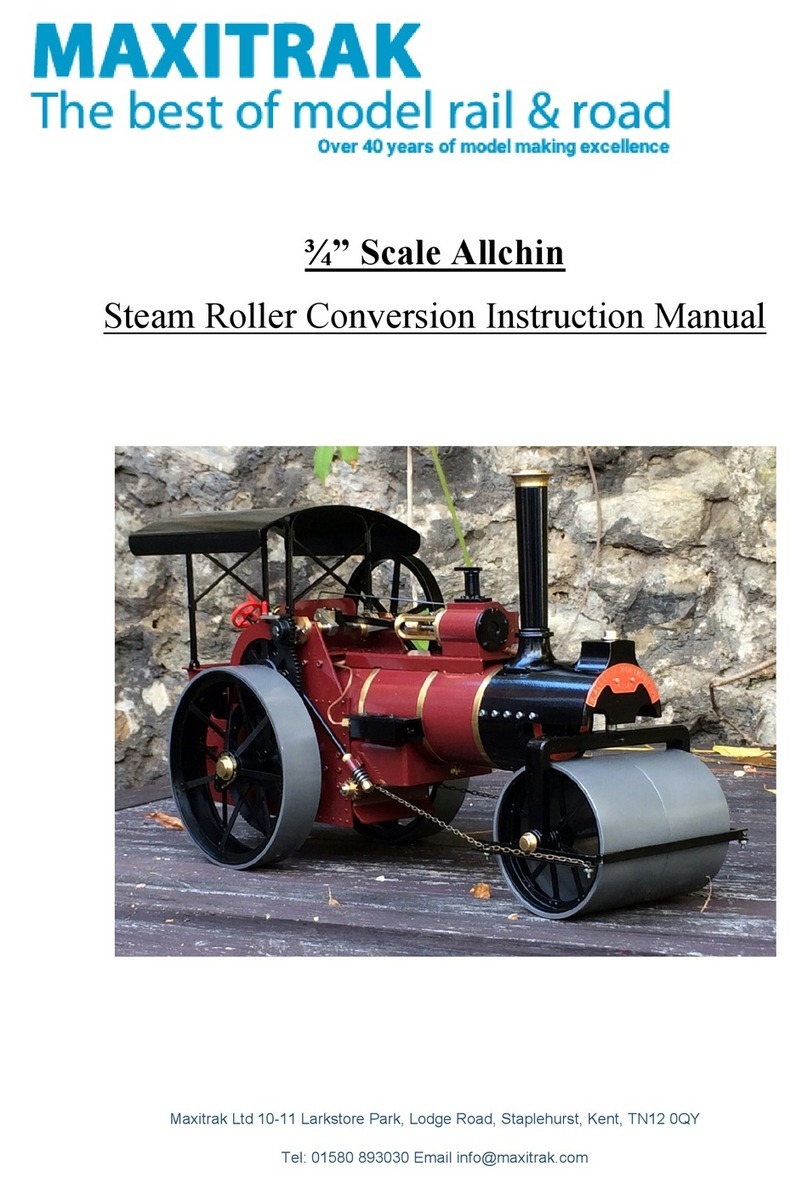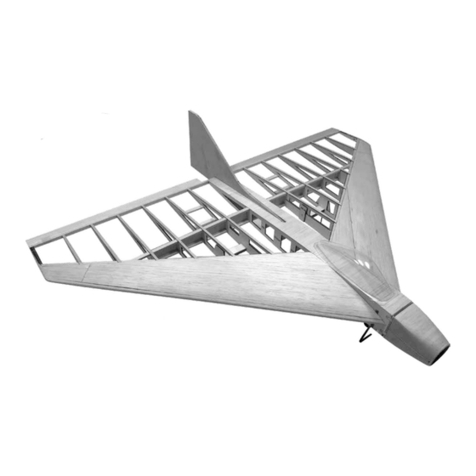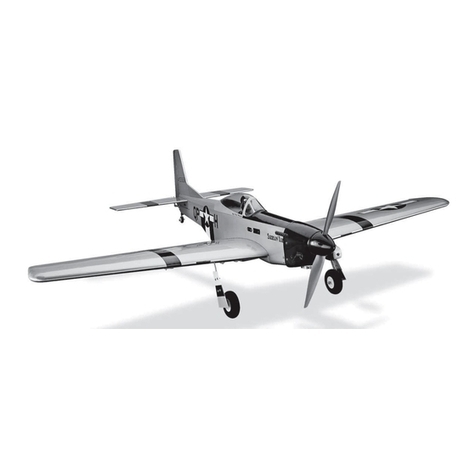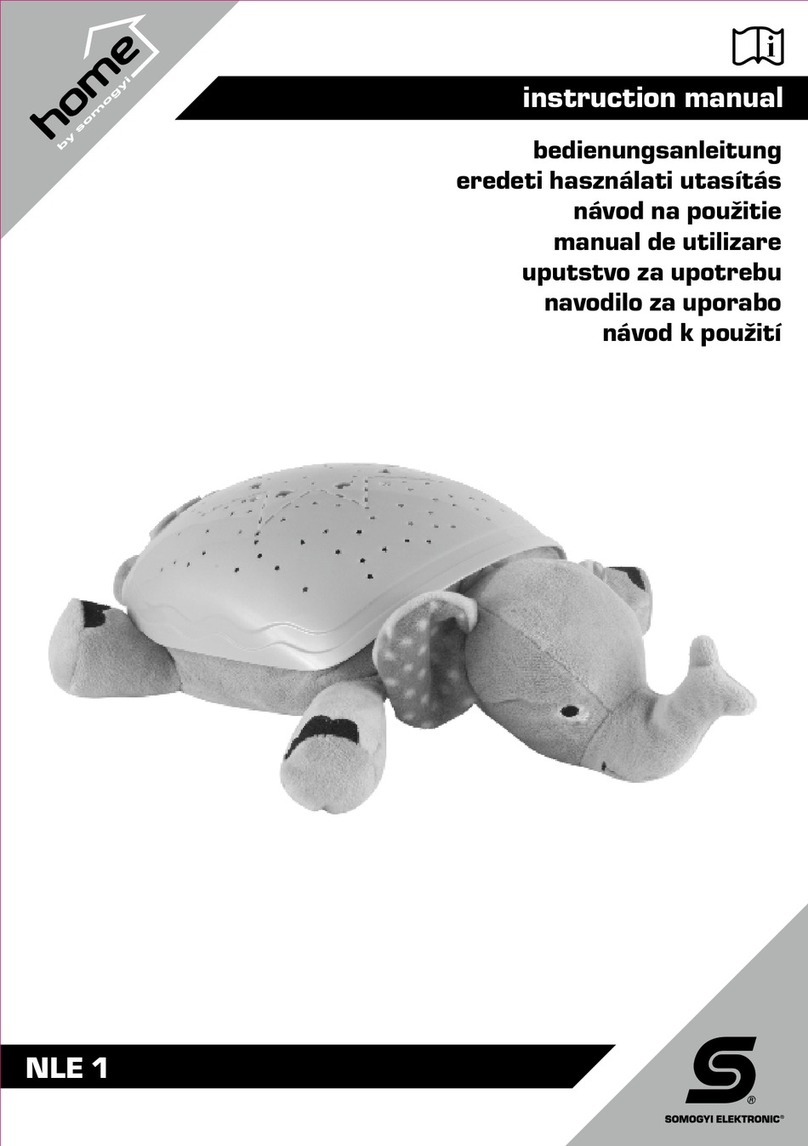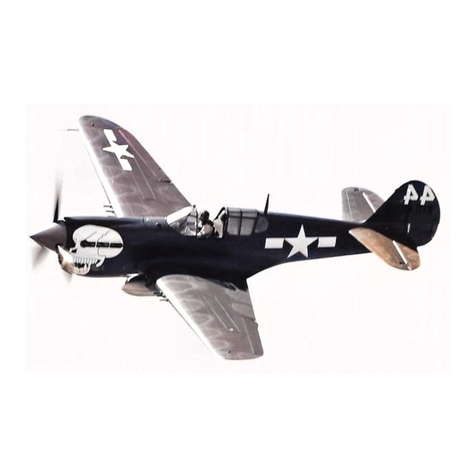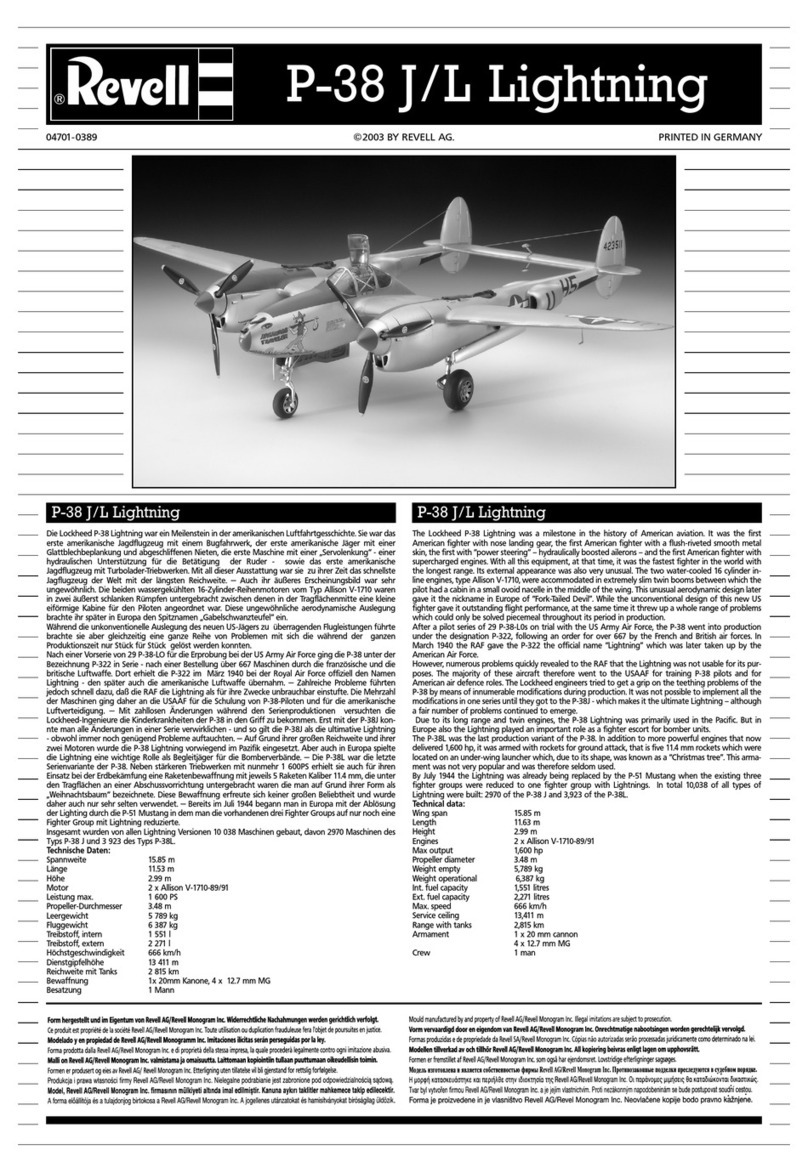
Never operate your model with low transmitter batteries.
Always operate your model in an open area away from
cars, Traffic or people.
Avoid operating your model in the street where injury or
damage can occur.
Never operate the model in the street or in populated
areas for any reason.
Carefully follow the directions and warnings for this and
any optional support equipment ( chargers. Rechargeable
battery packs, etc. ) you use.
Keep all chemicals, small parts and anything electrical out
of the reach of children.
Moisture causes damage to electronics. Avoid water
exposure to all equipment not specifically designed and
protected for this purpose.
Never lick or any place of any your model in your mouth
as it could cause serious injury or even death.
Safety Precautions and Warnings Safety
2
This is a sophisticated hobby product and NOT a toy. It must be operated with caution and common sense and requires
in injury or damage to the product or other property. This product is not intended for use by children without direct adult
supervision.
This manual contains instructions for safety operation and maintenance. It is essential to read and follow all the
instructions and warnings in the manual prior to assembly, setup or use, in order to operate and avoid damage or
serious injury.
WARNING: Read the ENTIRE instruction manual to become familiar with the features of the product before
operating. Failure to operate the product correctly can result in damage to the product, personal property and
cause serious injury.
As the user of this product, you are solely responsible for
operating in a manner that does not endanger yourself and
others or result in damage to the product or the property of
others. This model is controlled by a radio signal subject to
interference from many sources outside your control. This
interference can cause momentary loss of control so it is
advisable to always keep a safe distance in all directions
around your model, as this margin will help avoid collisions
or injury.
P51 1.1M
Lithium Polymer (Li-Po) Battery Warning
CAUTION: Always follow the manufacturer’s instructions
for safe use and disposal of batteries. Fire, property
damage, or serious injury can result from the mishandling
of Li-Po batteries.
By handing, charging or using a Li-Po Battery you
assume all risks associated with lithium batteries. If at
any time the batteries begin to swell, or balloon,
discontinue use immediately!
Always store the batteries at room temperature in a dry
area to extend the life of the battery, Always transport
or temporarily store the battery in a temperature range
of 40-120F. Do not tore the battery or model in a car or
in direct sunlight. If stored in a hot car, the battery can
be damaged or even catch fire.
Never use a Ni-Mh Charger to charger Li-Po Batteries.
Failure to charge the battery with a Li-Po compatible
charger may cause fire resulting in personal injury and
property damage.
Never discharge Li-Po Cells below 3V.
Never leave charging batteries unattended.
Never charge damaged batteries.
Charging the Flight Battery Warning
Use a battery charger that is designed to safely charge
the Li-Po Battery. Read the charger instructions
care.fully before use. When charging the battery, make
certain the battery is on a heat resistant surface. It is
also highly recommended to place the Li-Po Battery
inside a fire resistant charging bag readily available at
hobby shops or online.



















